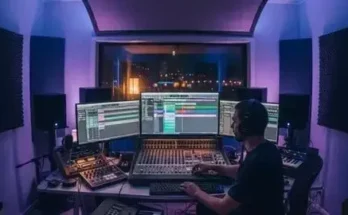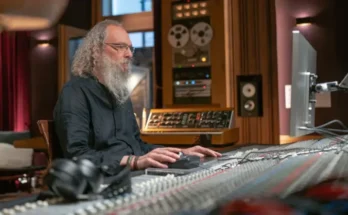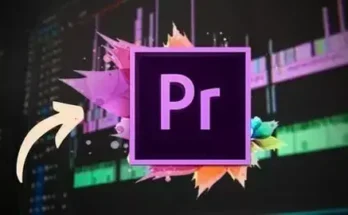27 July 2018 | 1.42 GB
“Music Composition 1” is the first book in a two book series by award-winning composer, Jonathan Peters, which explains how music is formed and how to compose your own music. Book 1 covers the study of rhythmic and melodic composition, while book 2 covers harmonic composition and compositional form.
Each lesson covers a particular concept (or related concepts). Concepts and compositional techniques are demonstrated throughout the course with real musical examples (pictures and on-line audio samples).
Each lesson also contains memory questions, access to on-line quizzes, listening assignments, and transcription/composition assignments. Memory questions serve to summarize and reinforce key concepts learned, while the quizzes tests the students’ knowledge and understanding of the material from each lesson. Students who take this course will get practice transcribing music (hearing a rhythm or a melody and writing it down) and also learn how to use music notation software. In the composition assignments students will get real life practice using the information and techniques learned in each lesson to write their own rhythms and melodies.
WHAT ARE THE REQUIREMENTS FOR THIS COURSE?
A computer with internet connection, screen, and speakers.
A basic knowledge of music theory. If you do not already have a rudimentary understanding of music theory, it is recommended that you take a music theory course before this course.
Some type of music notation software. The notation software demonstrated in this course is the Finale NotePad software. NotePad is a very basic music notation program and has all the necessary functions for a beginning composition student. An important part of music composition is getting your music to paper, and so this course will also develop the students’ ability to properly notate their music. This software not only prints professional looking sheet music, it also allows the student to hear their compositions as they are writing them. You can read more about NotePad and download it for FREE at: www.finalemusic.com/NotePad
Although not a necessity, it is very beneficial that the student have some ability to play the piano (or other instrument)
WHAT AM I GOING TO GET OUT OF THIS COURSE?
Includes free life-time access to on-line audio samples and quizzes for each lesson
By the end of the course you will be able to compose your own rhythms and melodies.
You will also learn how to develop your rhythmic and melodic material through a wide variety of compositional techniques.
You will get practice transcribing music (hearing rhythms and melodies and then writing them down in notation form).
You will get practice notating music using basic music notation software.
WHO SHOULD TAKE THIS COURSE?
Anyone who has always wanted to learn how to write music!
Every student of music!
Beginning Composers/Songwriters
Composers/Songwriters with previous knowledge or experience who want to brush up and hone their skills (and maybe learn some new techniques!)
Although this course uses many examples from classical music, most of the information and compositional techniques learned in this course can be used by musicians of any genre (including rock, pop, and jazz)
If you want to deepen your understanding of music, learn to write it!
[toggle title=”Home page”]https://2shrink.com/YYnlx5[/toggle]

http://alfalink.to/d77de86dc8bd445f5227
Please REPORT in Comment Broken Links





Links are dead, hope you fix them please
fixed!